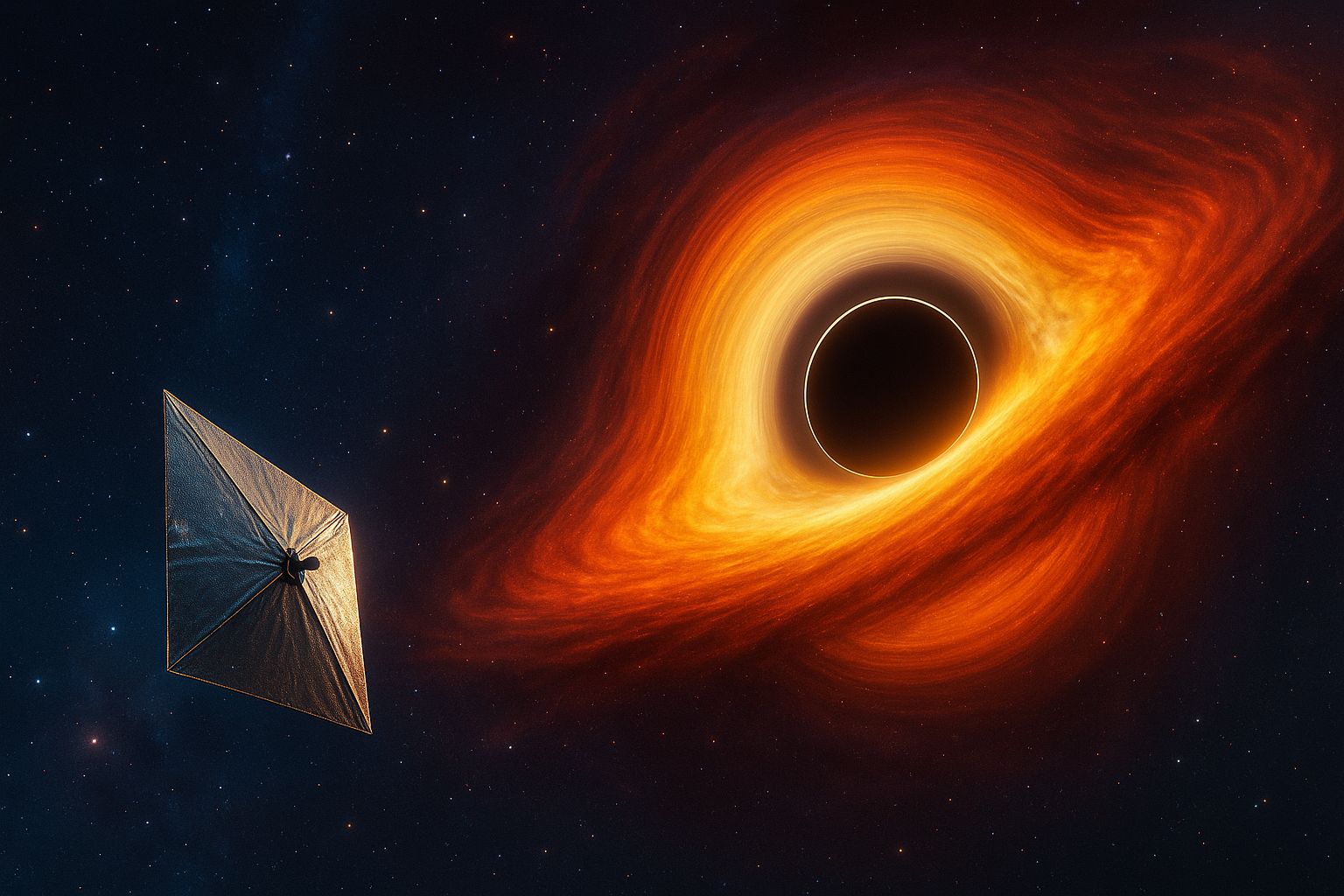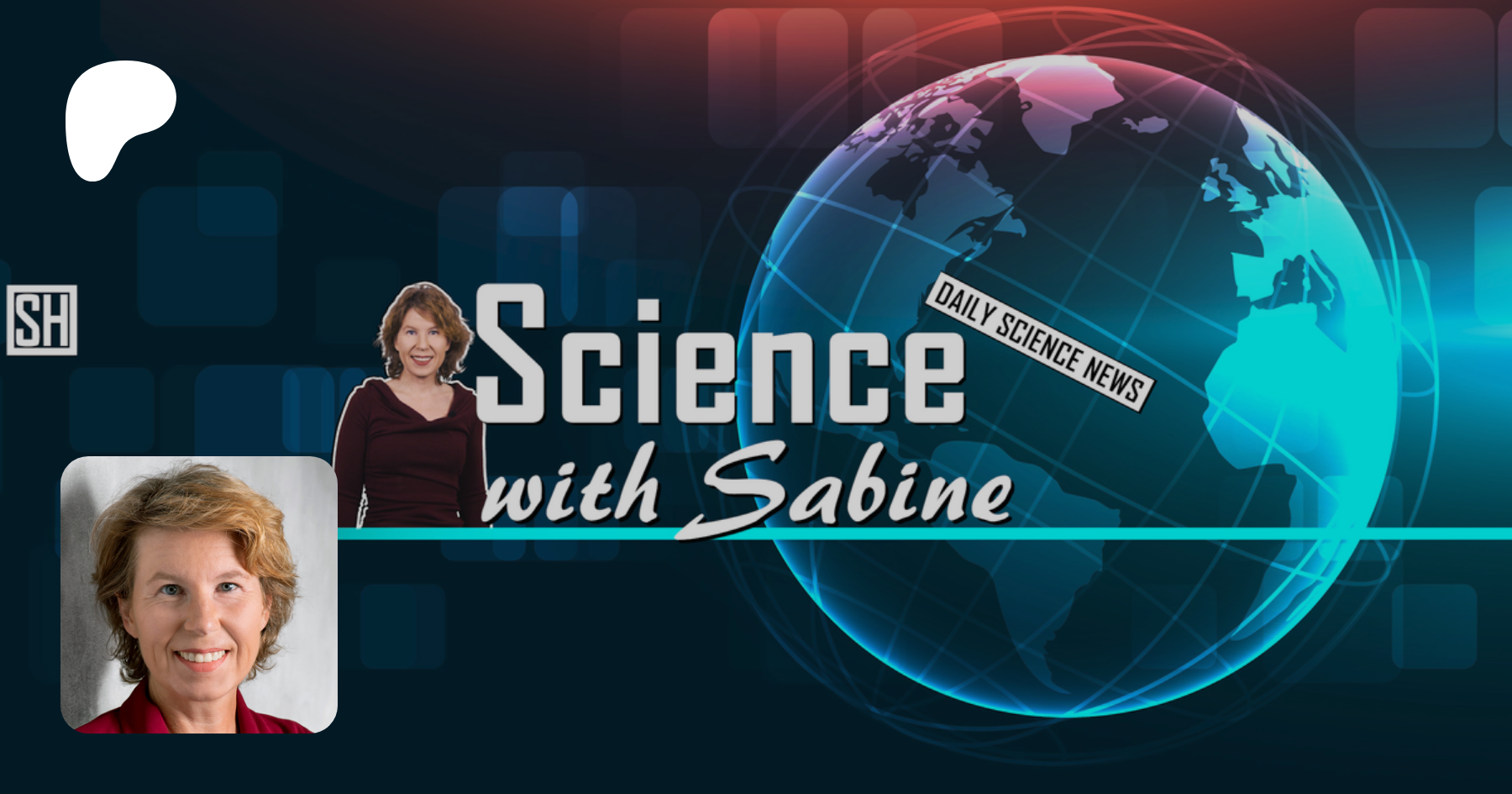- Sabine's Newsletter
- Posts
- Science Brokers, Black Hole Diving, Listening to Light, and Parasitic Black Holes
Science Brokers, Black Hole Diving, Listening to Light, and Parasitic Black Holes
This week’s science bits from SWTG

Science scammers are having a good time

Figure: For the past decade, the number of papermill articles has been increasing significantly faster than the total number of scientific articles. Source: Richardson et al, PNAS 122 (32) e2420092122 (2025).
In a rather scary paper that just appeared, researchers from Northwestern University in Illinois document how organized scientific fraud is growing. These are not just individual, isolated cases, but networks of science brokers who sell authorships on fake papers or citations from fake papers. These networks have become known as papermills.
The authors systematically analysed relations between papers that have been retracted or that have been flagged for evidence of fraud, for example by image manipulation or other issues, such as prevalence of non-existing technical terms and similar problems. They find that these papers cluster around a small number of editors at scientific journals that are presumably in on the papermill deals. They also find that, if the opening at one journal breaks down, the papermills shift to other journals.
The authors say that the number of papers that are likely to be fraudulent is currently around about half a percent, so it’s still a small fraction. However, the number has been growing rapidly in the past years, and if the trend continues they will soon be in the percentage range. That might well happen because AI is making scientific fraud much easier. Paper here. Press release here.
This week’s episode of Science News is about parasitic black holes. According to a team of physicists, black holes can form inside of stars, slowly consuming them from the inside until they collapse. While this might sound like something out of a science fiction movie, it’s not complete nonsense. Let’s take a look. This week’s video also comes with a quiz, which you can take here.
Speaking of quizzes, you can now create and share your own quizzes on QuizWithIt for free! Each quiz has a unique URL, can be embedded into websites or newsletter, and be shared on social media. Happy quizzing!
In a few decades, we could launch a spacecraft to dive in a black hole

Cosimo Bambi, an astrophysicist at Fudan University in Shanghai, has proposed sending a tiny spacecraft with a weight of merely a few grams into a black hole. This “nanocraft” would have to be accelerated by ground-based lasers to about ⅓ the speed of light. Although the technology does not yet exist, he argues it could be ready within the next 20 to 30 years.
The closest known black hole is GAIA-BH1 at a distance of 1,560 light-years from us. However, Bambi argues on statistical grounds that there should be a black hole nearer to us, at a distance not larger than 25 light years, it’s just that we haven’t yet been able to detect it. Provided we do find such a black hole in the near future, the nanocraft could reach it within roughly sixty to seventy-five years. On arrival, the craft would split into two parts: one to orbit at a safe distance and relay data back to Earth, and the other to manoeuvre close to the event horizon.
Bambi estimates the present-day costs with an unfeasible €1 trillion, almost all of it for building the laser array. However, in a few decades, he says, technological improvements might drive down the cost to about €1 billion. Paper here. Press release here.
New Microphone Can Hear Light

Illustration of visual microphone. Credits: Zhang et al, Optics Express 33, 16, 22505 (2025).
Scientists from the University of Utah have made great progress with metalenses: They have succeeded with focusing all colors of the rainbow at one point. Metalenses are ultrathin, flat lenses – less than a millimeter thick – that use nanostructures to manipulate light. A problem with these metalenses has so far been chromatic aberration, where different colors focus at different points, causing distortion. The researchers were now able to develop a metalens suitable for astrophotography that eliminates this issue and competes with normal, curved lenses. Press release here. Paper here.
Fact-based news without bias awaits. Make 1440 your choice today.
Overwhelmed by biased news? Cut through the clutter and get straight facts with your daily 1440 digest. From politics to sports, join millions who start their day informed.
